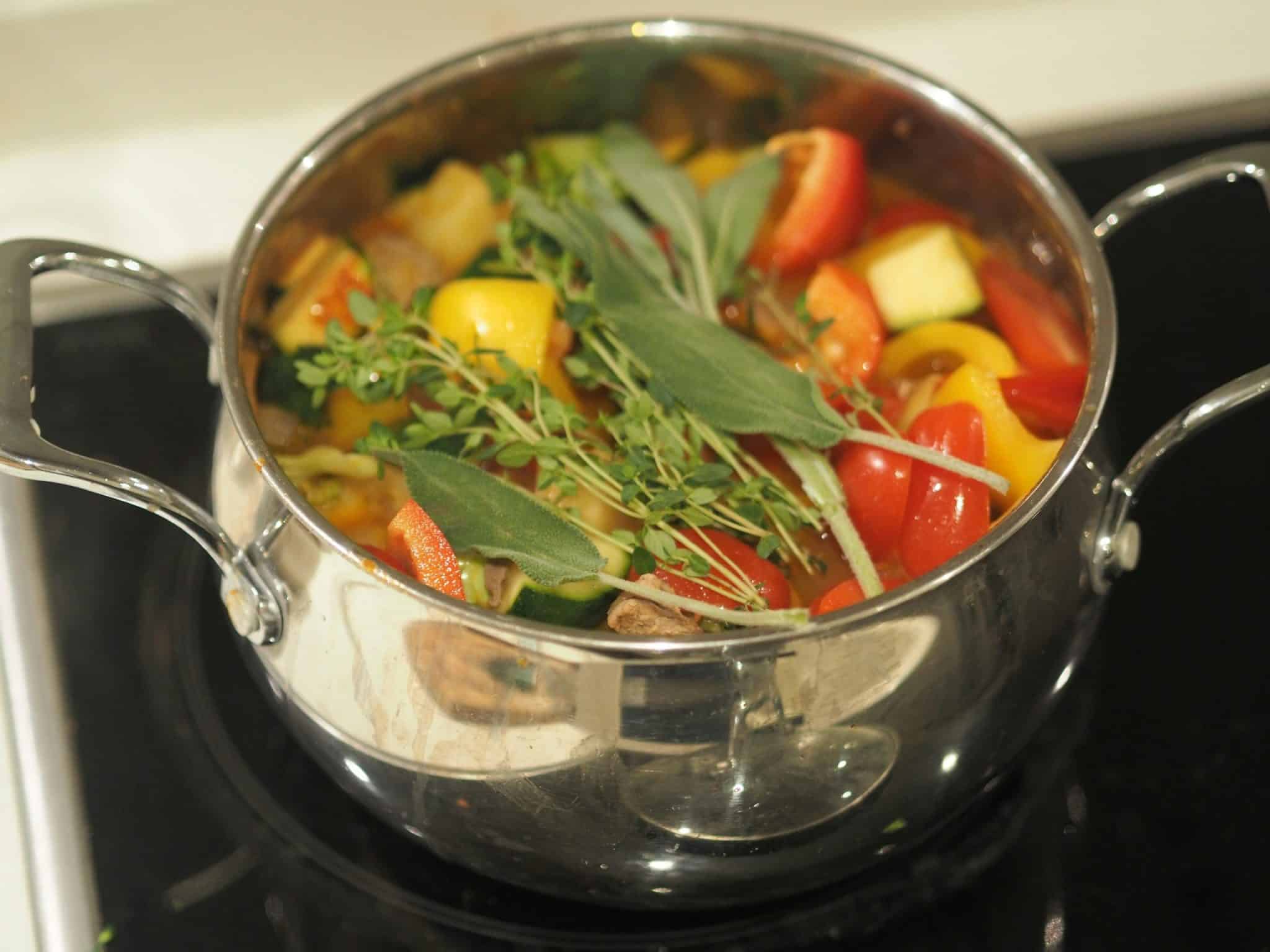Zero-Waste Cooking for Sustainable Kitchens
In recent years, there has been a growing concern for sustainable living and reducing our impact on the environment. This has led to the rise of zero-waste cooking, a practice that not only helps to reduce food waste but also promotes sustainable living in the kitchen. In this article, we will explore the concept of zero-waste cooking and how it can be implemented in our kitchens for a more sustainable lifestyle.
The Problem of Food Waste
The issue of food waste is a significant problem worldwide. According to the United Nations, approximately one-third of all food produced globally goes to waste. This has a significant impact on the environment, as it contributes to greenhouse gas emissions and wastes natural resources such as water and land. In addition, wasted food also means wasted money for households and businesses.
The majority of food waste occurs in homes and restaurants, with a significant portion of it being edible food that goes uneaten. This is where the concept of zero-waste cooking comes in – a way to reduce food waste and minimize our impact on the environment.
What is Zero-Waste Cooking?
Zero-waste cooking is a practice that focuses on using all parts of food, from root to stem, to avoid any waste. It involves being mindful of food choices, using up leftovers, and finding creative ways to utilize food scraps that may usually be thrown away.
Many chefs and home cooks have embraced this approach as a way to promote sustainable food practices and create delicious, cost-effective meals. The ideology behind zero-waste cooking is to make the most out of what we have and reduce our reliance on packaged and processed foods that contribute to waste.
Tips for Zero-Waste Cooking
Implementing zero-waste cooking practices in your kitchen may seem daunting at first, but there are simple steps you can take to reduce food waste and promote sustainable living.
1. Be Mindful of Food Choices
The first step in zero-waste cooking is to be mindful of the food you purchase. Plan your meals to avoid buying more than you need and opt for fresh, locally-sourced ingredients when possible. This not only reduces food waste but also supports local farmers and reduces the carbon footprint of your food.
2. Use Leftovers Creatively
Leftovers often end up in the trash, but they can be transformed into delicious meals with a little creativity. For example, leftover vegetables can be turned into a soup, and stale bread can be used to make croutons or breadcrumbs. Utilizing leftovers not only reduces waste but also saves money and time in the kitchen.
3. Embrace Composting
Composting is an essential part of zero-waste cooking. Food scraps, such as eggshells, onion peels, and coffee grounds, can be composted to create nutrient-rich soil for gardening. You can also compost your food waste in a compost bin or take it to a community composting site.
4. Get Creative with Food Scraps
Food scraps, such as carrot tops, herb stems, and citrus peels, are often thrown away without a second thought. However, these parts of the food can be utilized in various ways. For example, carrot tops can be used to make pesto, and citrus peels can be used to make infused water. Get creative and find ways to use up food scraps instead of throwing them away.
In Conclusion
Zero-waste cooking is not only about reducing food waste, but it also promotes sustainable living in our kitchens. By implementing these simple practices, we can make a significant impact on the environment and create delicious, sustainable meals. So let’s get creative in the kitchen and embrace zero-waste cooking for a better, more sustainable world.











